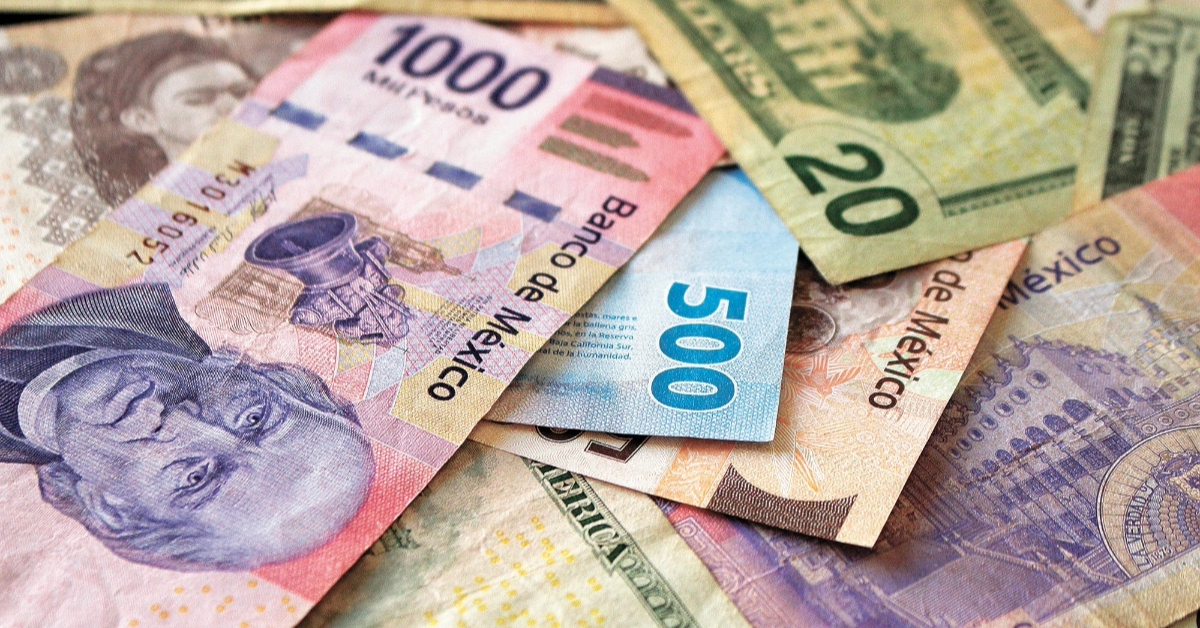The Mexican peso experienced significant fluctuations this Tuesday, reaching a high of 19.40 pesos per US dollar in the international exchange markets before making slight advances as the trading session progressed. The peso’s volatile movements reflect the continued unpredictability within global financial markets.






